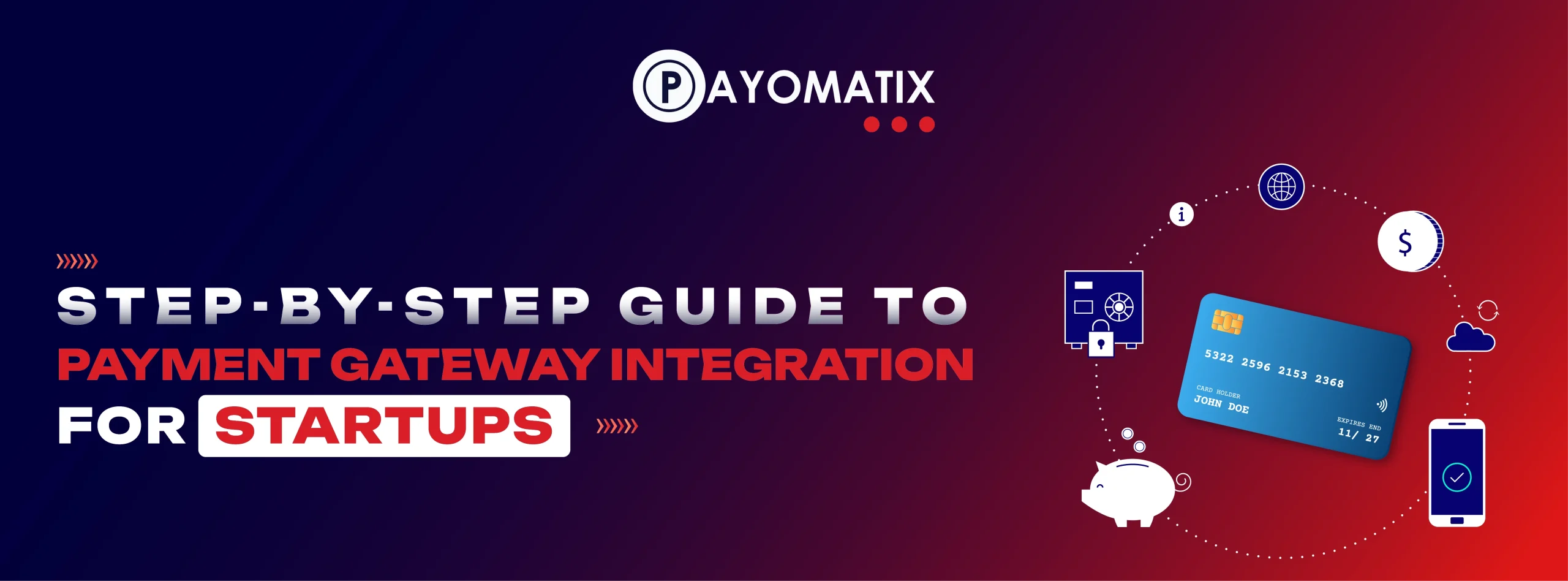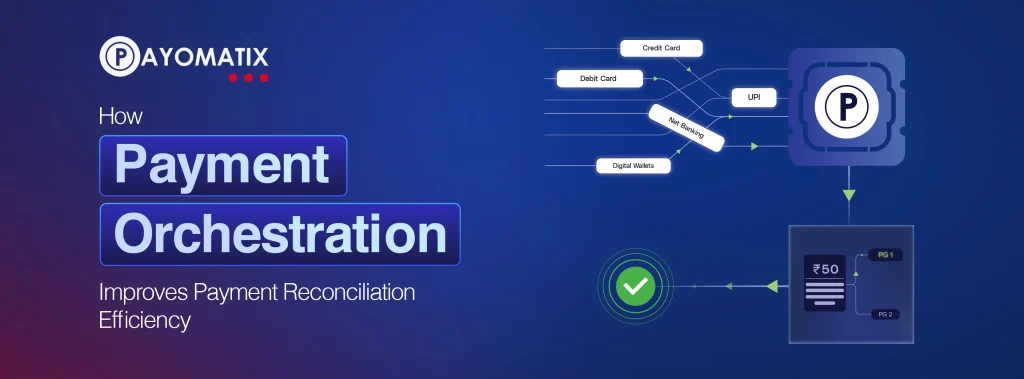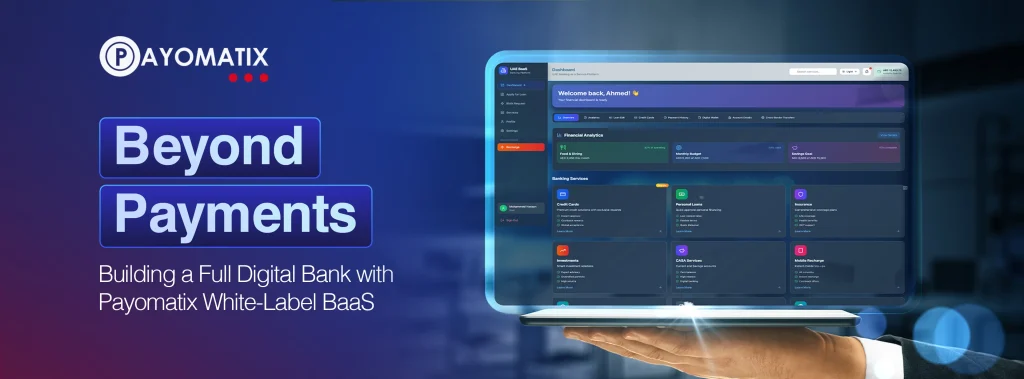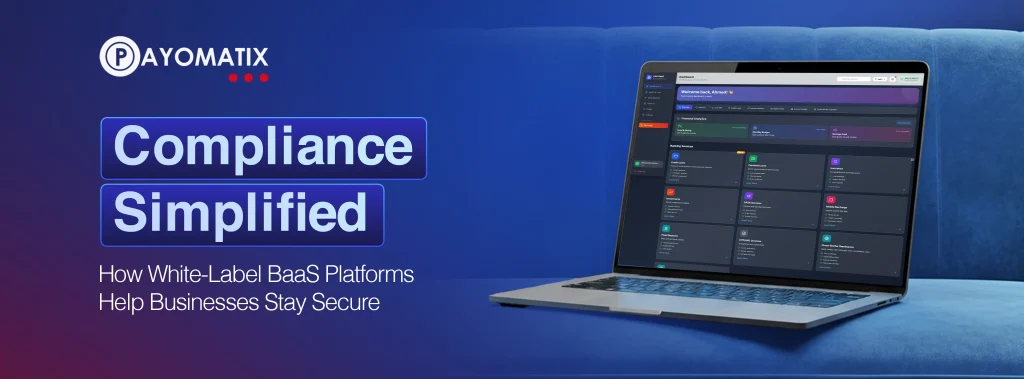Unlock Seamless Payments for Your Startup
In the ever-evolving landscape of digital commerce, offering secure and efficient payment options is critical for startup success. Whether you run an e-commerce store or a subscription-based service, payment gateway integration plays a vital role in ensuring smooth transactions. Startups, in particular, need a reliable system to handle payments, protect against fraud, and build customer trust.
This comprehensive guide will walk you through the process of integrating a payment gateway into your startup, while highlighting essential elements such as merchant account services and e-commerce fraud prevention. Discover how Payomatix Payment Gateway Integration can streamline your business and improve your bottom line.
1. What is a Payment Gateway and Why Does It Matter?
A payment gateway is a technology that securely processes online transactions, acting as a bridge between your startup’s website or app and the financial network. It ensures funds are transferred securely from the customer’s account to the merchant’s account.
Key Features:
- Transaction Authorization: Validates customer payment details.
- Fraud Prevention: Implements security protocols.
- Multi-payment Options: Supports credit cards, digital wallets, and more.
For startups, having a fully integrated payment gateway ensures scalability and seamless business operations.
2. Understanding Merchant Account Services
A merchant account is a type of business bank account that allows your startup to accept credit and debit card payments. It works hand-in-hand with your payment gateway to complete transactions.
Why You Need It:
- Fast Transaction Settlements: Quickly transfer funds to your business.
- Compliance Assurance: Adheres to financial regulations.
- Dispute Handling: Manages chargebacks efficiently.
By combining merchant account services with reliable payment gateways, startups can achieve faster transaction processing with fewer disruptions.
3. Step-by-Step Guide to Payment Gateway Integration
Step 1: Define Your Business Needs
Start by identifying what your business requires in a payment system.
- Transaction Volume: Estimate the number of daily or monthly transactions.
- Payment Methods: Credit cards, digital wallets, UPI, or others.
- Market Reach: Domestic or international payments.
Step 2: Choose the Right Payment Gateway
Select a gateway that aligns with your business goals.
- Scalability: Can it handle increasing transaction volumes?
- Integration Options: Does it support API integration?
- Fees and Costs: Are there hidden charges?
Step 3: Set Up Your Merchant Account
Ensure you have a merchant account to accept payments.
- Apply Through Your Payment Gateway Provider: Many providers offer bundled services.
- Ensure Compliance: Meet PCI DSS and other regulatory standards.
Step 4: API Integration
APIs are crucial for embedding the payment gateway into your website or mobile app.
- Test in Sandbox Mode: Run mock transactions before going live.
- Check Error Handling: Ensure the system can manage failed payments.
Step 5: Prioritize E-commerce Fraud Prevention
Fraud can cripple a startup. Implementing e-commerce fraud prevention mechanisms is essential.
- Tokenization: Replaces sensitive data with encrypted tokens.
- AVS (Address Verification System): Confirms billing addresses.
- Fraud Detection Tools: Flags suspicious transactions.
4. Overcoming Common Challenges
1. High Transaction Fees
Challenge: Startups often face high transaction fees.
Solution:
- Negotiate with your provider for better rates.
- Opt for bundled services to reduce costs.
2. System Downtime
Challenge: Downtime during integration can lead to lost sales.
Solution:
- Schedule integration during off-peak hours.
- Test extensively before going live.
3. Fraud and Chargebacks
Challenge: Unauthorized transactions and chargebacks can drain revenue.
Solution:
- Use machine learning tools for real-time fraud detection.
- Enable multi-factor authentication (MFA) for payments.
5. Benefits of Payment Gateway Integration for Startups
1. Secure and Reliable Payments
A well-integrated payment system minimizes failed transactions and protects against fraud.
- End-to-End Encryption: Safeguards customer data.
- Fraud Prevention Tools: Minimizes chargeback risks.
2. Improved Cash Flow
Fast transaction settlements mean startups have quicker access to capital.
- Instant Payment Solutions: Speeds up cash inflow.
- Automated Reconciliation: Reduces manual accounting errors.
3. Better Customer Experience
Smooth checkouts improve customer retention and satisfaction.
- One-Click Payments: Speeds up transactions.
- Multi-channel Support: Works on web, mobile, and POS.
6. E-commerce Fraud Prevention Best Practices
1. Implement Tokenization
Tokenization replaces sensitive payment data with non-sensitive tokens, reducing the risk of data breaches.
2. Enable Two-Factor Authentication (2FA)
2FA adds an extra layer of security by requiring a second form of verification.
3. Monitor Transaction Behavior
Use machine learning to detect anomalies in purchasing patterns.
- High-risk Locations: Flag transactions from high-fraud areas.
- Unusual Purchase Volumes: Alert for sudden large purchases.
7. Why Choose Payomatix for Payment Gateway Integration?
At Payomatix, we understand the unique challenges startups face. Our Payment Gateway Integration services are tailored to help new businesses scale securely and efficiently.
What We Offer:
- Seamless Integration: Quick API setup with minimal downtime.
- Merchant Account Services: Fast settlements and compliance support.
- E-commerce Fraud Prevention: Advanced tools to safeguard your revenue.
Ready to streamline your startup’s payment system?
Contact Payomatix today and discover how our end-to-end payment solutions can empower your business.
FAQs
- What is a payment gateway, and why is it important for startups?
Answer: A payment gateway securely processes online transactions, ensuring smooth and safe payments for businesses. - How do merchant account services help startups manage payments?
Answer: Merchant account services facilitate faster transaction settlements, regulatory compliance, and efficient chargeback management. - What steps are involved in payment gateway integration?
Answer: Key steps include defining business needs, selecting the right gateway, setting up a merchant account, API integration, and fraud prevention. - How can startups prevent e-commerce fraud effectively?
Answer: Techniques such as tokenization, two-factor authentication, and real-time fraud detection can significantly reduce fraud risks. - What challenges do startups face during payment gateway integration?
Answer: Common issues include high transaction fees, system downtime, and handling chargebacks, which can be overcome with strategic planning.





